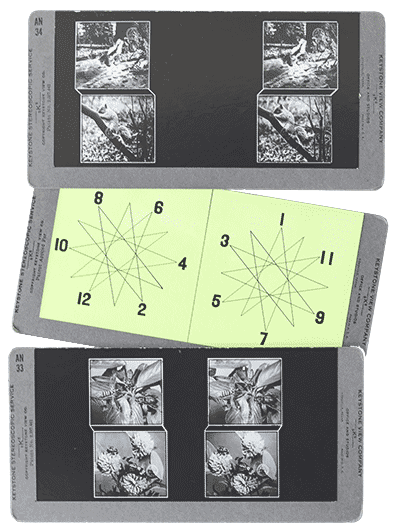
Here are answers to frequently asked questions about the nature of optometric vision therapy:
How does optometric vision therapy work?
It uses progressive vision exercises performed under the supervision of your eye care provider. Each set of exercises is tailored to meet the individual visual needs of a patient. Optometric vision therapy at the Southeastern Indiana Vision Development Center typically consists of a once weekly 45 minute in office visit supplemented with home activities. The exercises are designed to continue until visual processing problems show improvement.
What is the purpose of the vision exercises?
Vision exercises are designed to help patients improve basic visual skills that connect the eyes with the brain. These exercises can improve visual efficiency by changing how a patient interprets images. This helps them see and understand images correctly.
Do these exercises simply strengthen eye muscles?
Optometric vision therapy is not focused on strengthening eye muscles. This therapy is all about improving vision problems that may interfere with learning by strengthening the neurological pathways between the eyes and the brain. The eye muscles are already strong enough to do the job. Optometric vision therapy uses the eyes to re-train the brain to use the eyes more efficiently.
What is the first step in an optometric vision therapy program?
A visual performance evaluation is necessary before starting therapy. Following the exam, your optometrist can determine whether or not this type of therapy is the recommended treatment for your vision problems.
Is there scientific evidence that it really works?
Yes. Studies on optometric vision therapy show it is effective in improving the lives of patients. Data shows that this therapy can improve visual function enough to keep it from interfering with a patient’s ability to absorb information and learn. In its own sphere, this therapy is as effective as physical therapy or occupational therapy. A study funded by the National Eye Institutes, called the Convergence Insufficiency Treatment Trial (CITT), found that in-office optometric vision therapy is the best treatment for convergence insufficiency. Follow the link to see more: https://nei.nih.gov/news/pressreleases/101308.
Who typically needs optometric vision therapy?
It can be a useful tool for helping children and adults alike. Children with learning or reading problems that have an underlying vision problem, can benefit from the visual boost optometric vision therapy provides. Eyeglasses are not the solution when the problem is visual processing. Visual processing problems can’t be detected without a visual performance evaluation. Adults can see vision improvement through this therapy as well. It can help curb eye-strain related vision processing problems brought on by working with computers all day.

